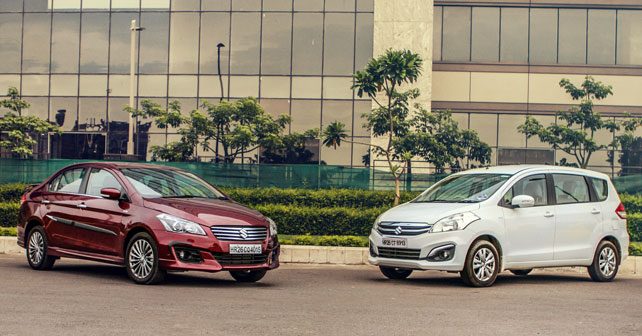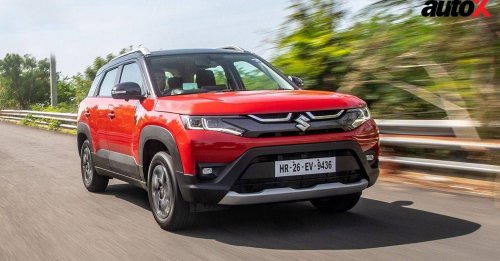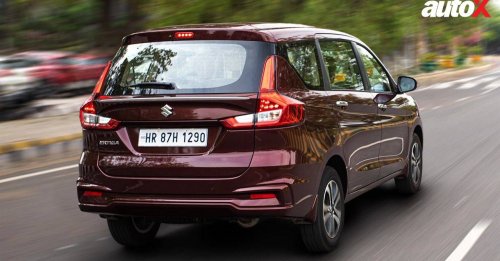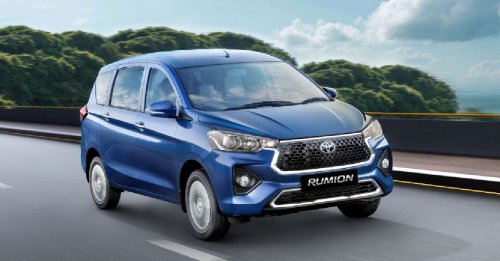Maruti Suzuki has been very clever in using the incentives provided by the Government’s FAME initiative, which aims to promote electric and hybrid vehicles. But do these mild hybrids really live up to their initial promise?
Do you remember a gentleman named Al Gore? He was the former US Vice President, and he made a documentary called The Inconvenient Truth in 2006, which made the world sit up and take notice of the irreversible effects of global warming. Many were moved by the seriousness of this issue, while sceptics tried to punch holes in it, and some ‘wise’ men from the corporate world even sang the conspiracy theory chorus. Thankfully, the truth prevailed and forced many to take steps to reduce pollution.
Unfortunately, in India, hybrid technology is still just about trickling in – and there simply aren’t any hybrid car options in the mainstream segments. So, to start with, India’s largest carmaker has taken up the mantle – and now offers a pair of mild hybrids that it calls SHVS (Smart Hybrid Vehicle by Suzuki). These vehicles qualify for the current FAME (Faster Adoption and Manufacturing of Hybrid and Electric Vehicles in India) initiative, and therefore get a small subsidy from the government. And, if you live in the national capital, you get an even bigger benefit courtesy of the Delhi government – but we’ll get to the prices in a bit. First, the technology.
A full-on hybrid gets a lithium-ion battery pack that’s powers an electric motor, which is mated to an internal combustion engine, to provide additional power and efficiency. But this technology is also frightfully expensive. So Maruti Suzuki simply provides this duo with a larger and more powerful lead acid battery, which is charged during deceleration. Essentially, the kinetic energy during deceleration is harvested and converted into electrical energy that’s fed back into the battery. Maruti Suzuki has also incorporated what they call an ISG (Integrated Starter Generator), which is used to supplement engine torque during acceleration. This reduces load on the engine, and improves fuel economy. This starter generator also enables these machines to be fitted with start-stop technology, which shuts the engine down when the vehicle comes to a complete stop at a traffic light – again, in order to save fuel.
The start-stop technology itself cuts in quite effortlessly and effectively. It shuts the engine down once you slip the gear lever into neutral, and cranks the engine to life once again after you depress the clutch. The only trouble is that, once you engage start-stop, it also shuts off the air conditioning compressor – which isn’t ideal in the 45-degree temperatures that we’ve been facing in the capital over the past month.
To drive, these machines feel much the same as their previous (non SHVS) avatars. You get the sense that acceleration is a little more brisk and the brakes are a little more wooden – all traits of hybrid technology, with their electric motors and regenerative brakes. But, in reality, the performance and power figures are exactly the same as before.
Sit inside the Ertiga, and you immediately realise why it continues to be a favourite among families – and, of course, fleet owners. Apart from the acres of cabin space it provides, it’s the comfortable seats that really make all the difference. These seats also provide a commanding view of the road, and thanks to the large glass area there are hardly any blind spots – which is a boon when you’re driving a 7-seater MPV.
To be fair on the Ertiga, no one really buys an MPV for driving pleasure. It’s more about cabin space, comfort, and features, like the smart touch screen infotainment, rear parking sensors, airbags and rear-parking camera. From behind the wheel, the Ertiga actually feels pretty good since it’s based on Suzuki’s Swift platform. If you keep the revs between 1,200-1,800rpm, the SHVS indicator will light up in the instrument cluster – telling you that you’re being light-footed and efficient.
It’s a little harder to drive efficiently in the Ciaz though, since it’s actually quite an engaging sedan to be behind the wheel of. Plus, with the all-black interiors of our top-of-the-line RS variant, it feels pretty sporty. It has a low slung seating position, and the seats offer decent side support. But the Ciaz’s trump card is that it has the longest wheelbase (at 2,650mm) in the segment, which translates to plenty of legroom for rear-seat passengers – even for those over 6-feet tall.
Keeping in mind that both the Ertiga and Ciaz are powered by the same 1.3-litre Multijet diesel engine with an identical output of 89bhp, it’s the Ciaz which powers ahead thanks to a lower kerb weight. As always, turbo lag is quite prominent at low speeds in the Multijet engine. It would have been great if Maruti Suzuki could have used the torque boost to fill in the power gap during turbo lag – like Ferrari does in the La Ferrari for instance. But something tells me they would need a bigger battery and electric motor for that!
As is, both these machines feel much the same as before from the driver’s seat – which is a good thing, because it means that there are no compromises for the driver while enjoying the benefits of better fuel economy and a lower sticker price.
And, for those of you who live in the NCR, the Delhi government has cut Value Added Tax (VAT) from 12.5% to 5% on all hybrid and battery operated vehicles – which makes this duo even more attractive than before. All told, it translates to a price cut in the range of about Rs. 50,000-70,000 depending on the variant.
We noticed fuel economy improvements to the tune of less than 10%, so it’s not really substantial – but these are certainly fuel efficient machines to begin with. The Ciaz, instance, had a claimed fuel efficiency figure of 26.21km/l previously – which has been bumped up to 28.09km/l with the SHVS technology. In real world conditions, it offers closer to about 20km/l – which is still pretty good.
We’re can’t say how long these machines will be able to avail of Central and State government incentives, so you better snap them up while you can. SHVS, for now it seems, is another masterstroke by Maruti Suzuki.
- Maruti Suzuki Ertiga & Ciaz SHVS
Engine: 1,248cc / 4 cylinders / DOHC / CRDi /Turbocharged
Fuel: Diesel
Transmission: 5-speed manual / Front-Wheel Drive
Power: 89bhp @ 4,000rpm
Torque: 200Nm @ 1,750rpm
Price: Ertiga – Rs. 7.08-8.66 lakhs , Ciaz – Rs. 7.68-9.49 lakhs (Both ex-showroom, Delhi)
X-FACTOR: This mild-hybrid duo makes excellent use of current regulations to not only offer better fuel economy, but a smaller price tag as well, so it’s you – the consumer – who benefits.
Also read: Maruti Suzuki Ciaz ZXi+ AT launched at Rs. 10.19 lakh


































Write your Comment